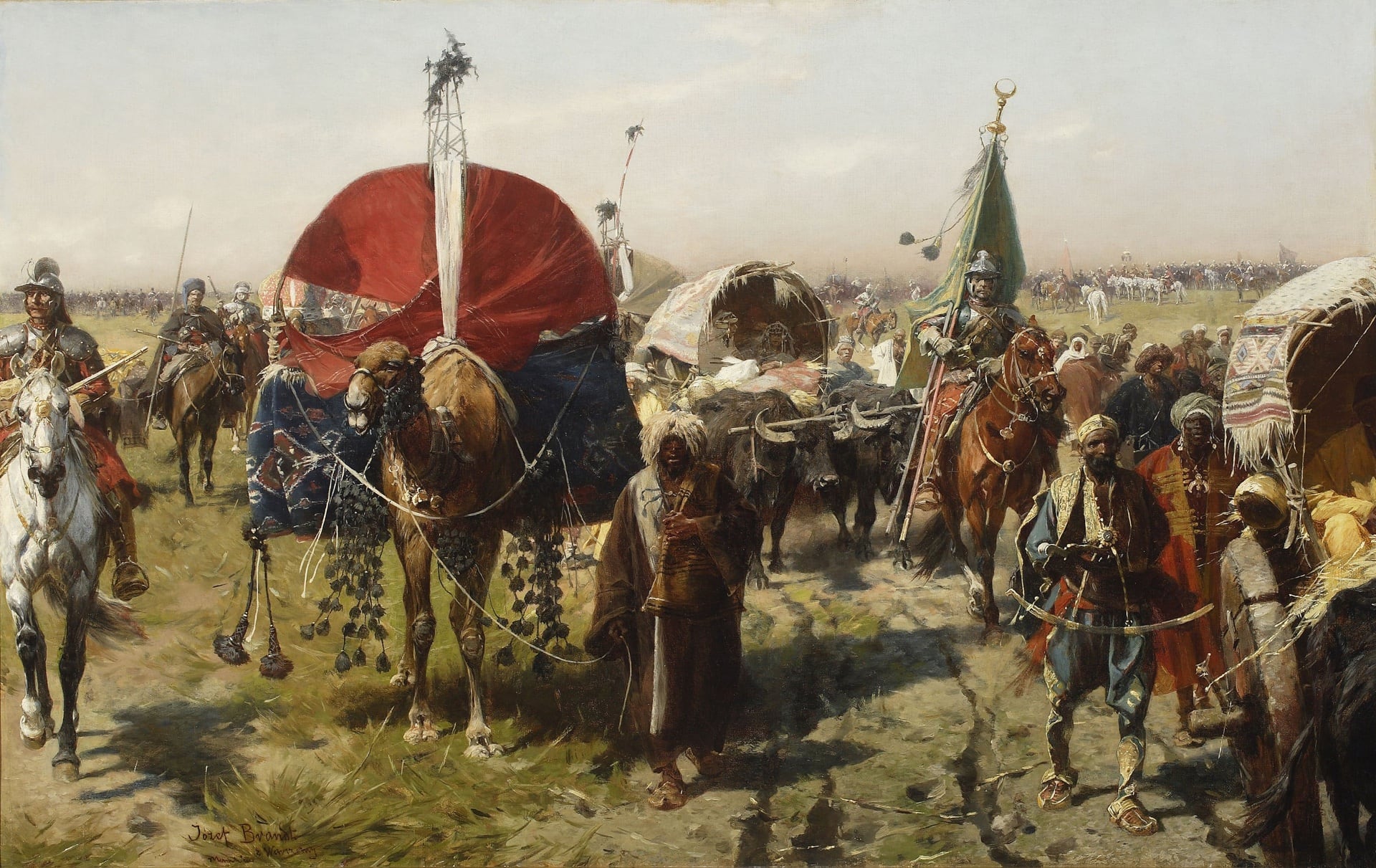Peter Gabriel, Sledgehammer, 1985 / Steve R.Johnson
Dire Straits, Money for Nothing, 1985 / Steve Barron
Simple Minds, All the Things She Said, 1985 / Rybzinsky
Kate Bush, Running Up that Hills, 1985 / David Garfath
The Smiths, The Queen is Dead, 1986 / Derek Jarman
Crowded House, Don’t Dream it’s Over, 1986 / Alex Proyas
Michael Jackson, Bad, 1987 / Martin Scorsesse
Madonna, Like a Prayer.1988 / Mary Lambert
The Cure, Lullaby, 1989 / Tim Pope
Chris Isaak, Wicked Game, 1989 / Herb Ritts
Madonna, Justify My Love, 1990. / J. B Mondino
Madonna, Vogue, 1990 / David Fincher
Depeche Mode, Enjoy the Silence, 1990 / Anton Corbijn
Sonic Youth, Kool thing, 1990 / Tamra Davis
Sinead O’Connor, Nothing Compares 2 U, 1990 / John Maybury
Duration: 1 hour 13 minutes

Józef Brandt harboured a fascination for the history of 17th century Poland, and his favourite themes included ballistic scenes and genre scenes before and after the battle proper –all and sundry marches, returns, supply trains, billets and encampments, patrols, and similar motifs illustrating the drudgery of warfare outside of its culminating moments.
Tuesday - Saturday 10:00 - 19:00
Friday 10:00 - 22:00
Sunday 12:00 - 18:00
The museum is closed on Mondays.
On Wednesdays, the students can
visit the museum free of admission.
Full ticket: 300 TL
Discounted: 150 TL
Groups: 200 TL (minimum 10 people)